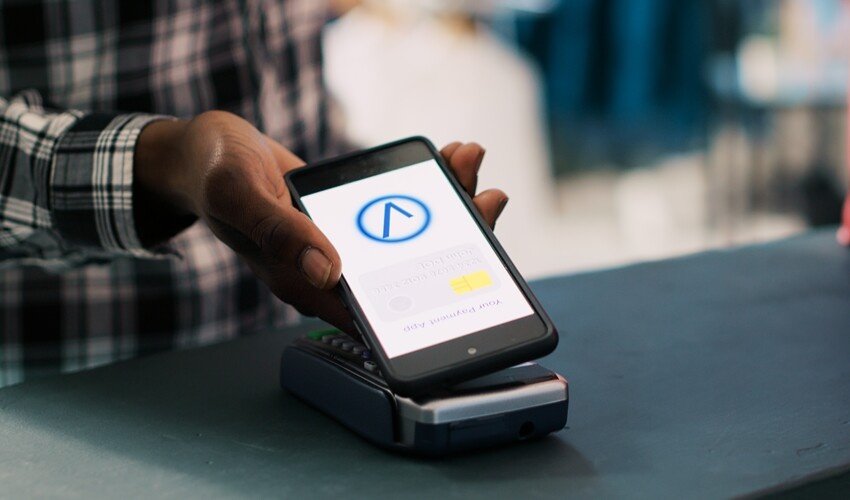The COVID-19 pandemic and the rise of remote work have brought changes that require a different approach to how organizations manage communication, whether internal or external. You can use the following three tips for more efficient communication in 2021:
1. Focus On Employee Experience
With the rise of remote work, companies are increasingly using cloud technology, AI, big data analytics, and automation to manage their communication efforts effectively. Utilizing the power of end user experience monitoring tools can help organizations understand and plan their communications with the remote workforce more efficiently. The insights you get from such tools can help you design or adjust your communication strategy and messages to increase employee productivity, satisfaction, and engagement.
An accelerated digital transformation most businesses are experiencing can often leave employees feeling disconnected, not understanding the reasons behind corporate decisions. A strong internal communication program makes sure that business goals and objectives are communicated, understood, accepted, and shared with all employees.
The internal communication program and plan are a crucial link connecting and improving the following elements:
- The employee experience
- Business goals
- Changes brought by digital transformation
- New initiatives, projects, programs, and executive hires
Without a good communication plan and program, you’re less likely to achieve your business goals. An employee without internal communication support to keep him engaged, focused, and informed will not contribute to attain desired business results.
As an employer or head of internal communications, you should consider how to:
- Help new and existing employees form relationships in the era of remote work
- Help new and existing employees have a voice in the company where they’ve never met or seen co-workers in months
- Create micro-moments that encourage the sense of belonging
- Create an empowering environment that allows employees to stay connected
- Create programs focused on employee health and overall well-being
- Measure progress and demonstrate success
2. Communicate Purposefully
The COVID-19 pandemic has made many organizations rethink their purpose, values, mission, and how they communicate these changes to employees and a wider audience. These changes have led to businesses adopting more of what is known as purpose-driven communication. It’s a type of communication that conveys shared values, social responsibility, and how organizations address issues that the target audience considers important. Some issues that are of great importance in 2021 are:
- Environmental threats and sustainability
- Gender and racial discrimination
- Mental well-being
- Health and safety workplace conditions
Again, the focus is on the employee who is a voice of the company, humanizing the organization and expected to show more empathy, leadership, meaningful contributions to society, and relevance.
You can work on your purpose-driven communications plan by:
- Discovering your purpose
If you haven’t already, you need to discover and understand what your business purpose is. Decide what your mission is, considering your product value and issues your audience cares about.
- Incorporating the purpose in your work culture
Incorporating the purpose in your work culture helps you create more profound and meaningful connections with an audience whose existing values match yours. When employees have and share the same values and beliefs, they’re more inspired and engaged and can be a powerful voice supporting your brand’s identity.
- Being authentic and transparent in your actions and messages
Both employees and consumers value and respond better to businesses that see them as individuals. It would be best to tailor your actions and messages in a more personalized, transparent, humanized, and intimate way.
3. Be Proactive And Creative
Proactive communication can be used as a management tool to increase employee productivity and customer satisfaction. It anticipates questions and prevents the problems before they arise.
Some of the benefits of proactive communication are:
- Improved customer loyalty
Proactive communication demonstrates that you’re committed to customer satisfaction. Even if you make mistakes, with open, proactive communication, you’ll still be able to foster and create trusting relationships.
- Controled Communication
Proactive communication enables you to control your brand’s narrative and conversation, which is better than responding to the situation’s incorrect framing.
- Improved Organizational Productivity
Being proactive with your communication enables you to maximize your productivity by having policies and guides before any issue or question arises.
Organizations should be creative and nurture innovation, safe, open, and curious environment with a growth mindset driving all the changes. Your communication efforts should encourage learning and mentoring with a culture that engages both employees, customers, and stakeholders. The COVID-19 pandemic has brought structural shifts that you can successfully manage with creativity, collaboration, and agility.
Proactive Communication, Inclusivity, Engagement, And Satisfaction
In times heavily affected by the global pandemic and remote work culture, organizations are advised to structure communication to engage, promote inclusivity, and employee and customer satisfaction. Using tools such as end-user experience monitoring helps support your business goals in a time- and cost-efficient manner to increase and measure communication effectiveness.
Read Dive is a leading technology blog focusing on different domains like Blockchain, AI, Chatbot, Fintech, Health Tech, Software Development and Testing. For guest blogging, please feel free to contact at readdive@gmail.com.





